Aure Chemical: Your Reliable Source for High-Purity Epichlorohydrin (CAS 106-89-8)
Aure Chemical is a leading global supplier of high-quality Epichlorohydrin (ECH), also known systematically as 1-Chloro-2,3-epoxypropane or (Chloromethyl)oxirane. This highly reactive epoxide is a critical chemical intermediate renowned for its versatility across various industrial applications. Our high-purity Epichlorohydrin is primarily used as a key building block in the production of epoxy resins, which are essential components in adhesives, coatings, composites, and electronics. Beyond that, ECH plays a vital role in the synthesis of synthetic elastomers, water treatment chemicals, and a range of other specialty chemicals.
Basic Information of Epichlorohydrin
Epichlorohydrin (CAS No. 106-89-8) is meticulously produced and rigorously tested to meet stringent quality standards. We ensure exceptional purity and consistent performance for your most demanding applications:
| CAS No.: | 106-89-8 |
|---|
| EC No.: | 203-439-8 |
|---|
| Linear Formula: | Cl–CH₂–CH(O)–CH₂ |
|---|
| Molecular Weight: | 92.52 |
|---|
| Appearance: | Transparent Liquid |
|---|
| Odor: | Colorless liquid with a pungent, chloroform-like odor. |
|---|
| Melting point: | -57 °C |
|---|
| Boiling point: | 115-117 °C(lit.) |
|---|
| Density: | 1.183 g/mL at 25 °C(lit.) |
|---|
| Solubility: | Slightly soluble in water; miscible with most organic solvents (e.g., ethanol, ether, acetone). |
|---|
| Flash point: | 93 °F |
|---|
| Nature: | Flammable liquid and vapor, toxic by inhalation, ingestion, and skin absorption, a known carcinogen. |
|---|
| RIDADR: | UN 2023 6.1/PG 1 |
|---|
| Chemical Structure: | 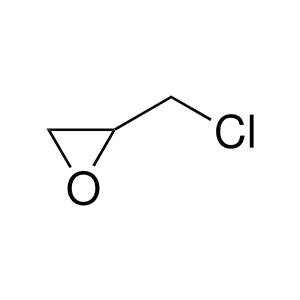 |
|---|
Our commitment to delivering high-purity Epichlorohydrin ensures a reliable and efficient component for your complex manufacturing and synthesis processes.
Primary Applications of Epichlorohydrin (ECH)
Epichlorohydrin's unique epoxide and chloromethyl functionalities make it an exceptionally versatile chemical intermediate with diverse applications:
Epoxy Resin Production:
The vast majority of Epichlorohydrin produced globally is used in the synthesis of epoxy resins. These resins, when cured with appropriate hardeners, form strong, durable, and chemically resistant materials used in adhesives, coatings, electrical insulators, and composite materials.
Elastomer Production:
ECH is a key monomer in the production of various synthetic elastomers or rubbers, such as polychlorohydrins, which exhibit excellent resistance to oils, chemicals, and weathering.
Water Treatment Chemicals:
Epichlorohydrin is used to synthesize polyamine-based flocculants and coagulants that are crucial in water purification processes for removing suspended solids and impurities.
Paper Industry:
ECH derivatives find use in the paper industry to improve wet strength and as retention aids during the papermaking process.
Specialty Chemical Synthesis:
ECH serves as a versatile building block for the synthesis of a wide range of other specialty chemicals, including surfactants, pharmaceuticals, dyes, and plasticizers.
Why Choose Aure Chemical for Your Epichlorohydrin Supply?
Aure Chemical is dedicated to providing superior chemical solutions and unparalleled customer support. When you partner with us for your Epichlorohydrin requirements, you benefit from:
Exceptional Purity & Consistency: Our Epichlorohydrin is manufactured to stringent purity specifications. This is critical for maximizing yields in complex syntheses and ensuring consistent quality in your downstream products.
Reliable Global Supply Chain: We maintain a robust and efficient supply network, guaranteeing timely and secure delivery of this essential chemical to your facilities worldwide. We adhere to all strict safety and regulatory standards for hazardous materials.
Expert Technical Support: Our team of experienced chemists and specialists is readily available to offer comprehensive guidance on product application, safe handling procedures, and optimal storage conditions for Epichlorohydrin.
Commitment to Quality & Safety: We adhere to the highest industry standards for quality management, safety, and environmental responsibility across all our operations, ensuring peace of mind for our clients handling this versatile material.
Choose Aure Chemical for a trustworthy and dependable supply of high-quality Epichlorohydrin. We're ready to support your most demanding and innovative chemical manufacturing processes.
Hazards Classification
GHS Classification: Flammable Liquid (GHS02), Acute Toxicity (GHS06), Corrosive (GHS05), Health Hazard (GHS08), Environmental Hazard (GHS09)
Hazard Statements: Flammable liquid and vapor; toxic if inhaled, in contact with skin, or swallowed; causes severe skin burns and eye damage; may cause genetic defects; may cause cancer; toxic to aquatic life with long lasting effects.
UN Number: UN 2023
Hazard Class: 6.1 (Toxic Substances), 3 (Flammable Liquids)
Packing Group: I
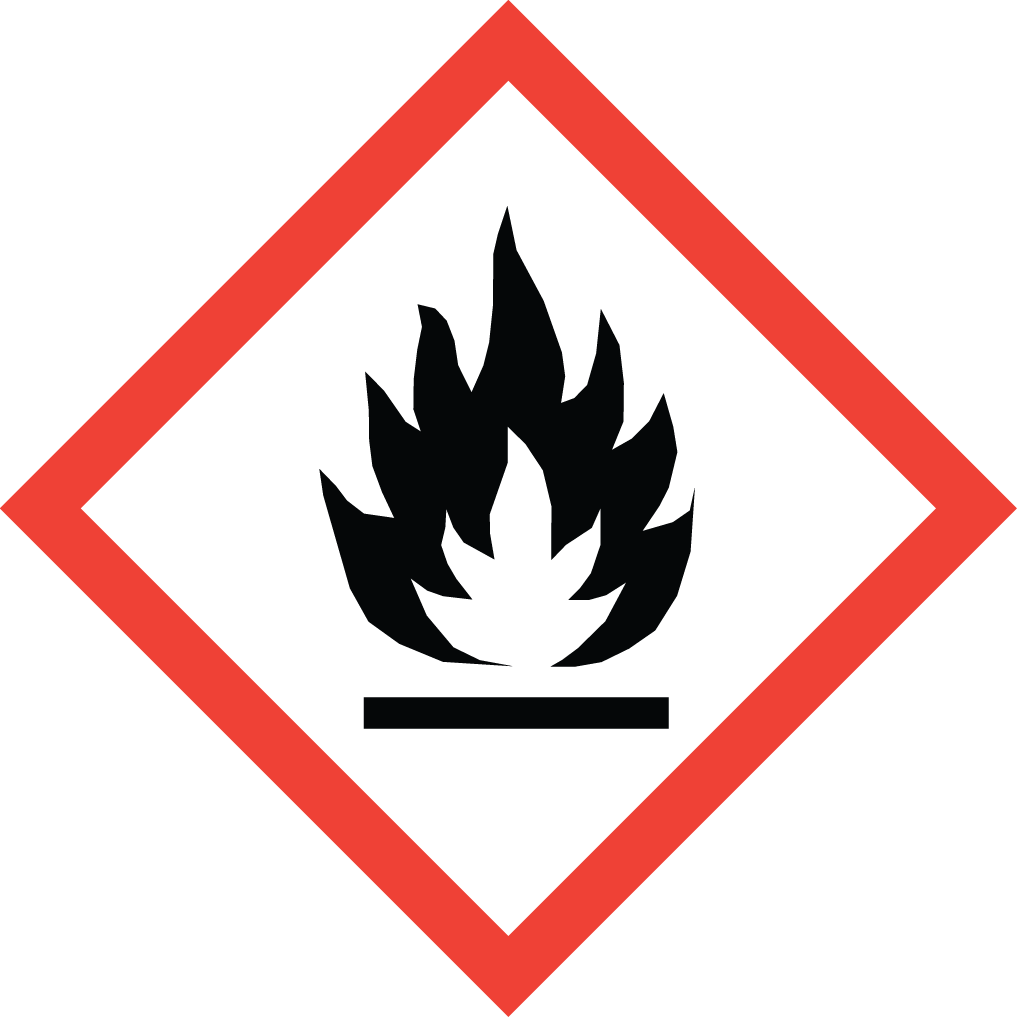 GHS02: Flammable
GHS02: Flammable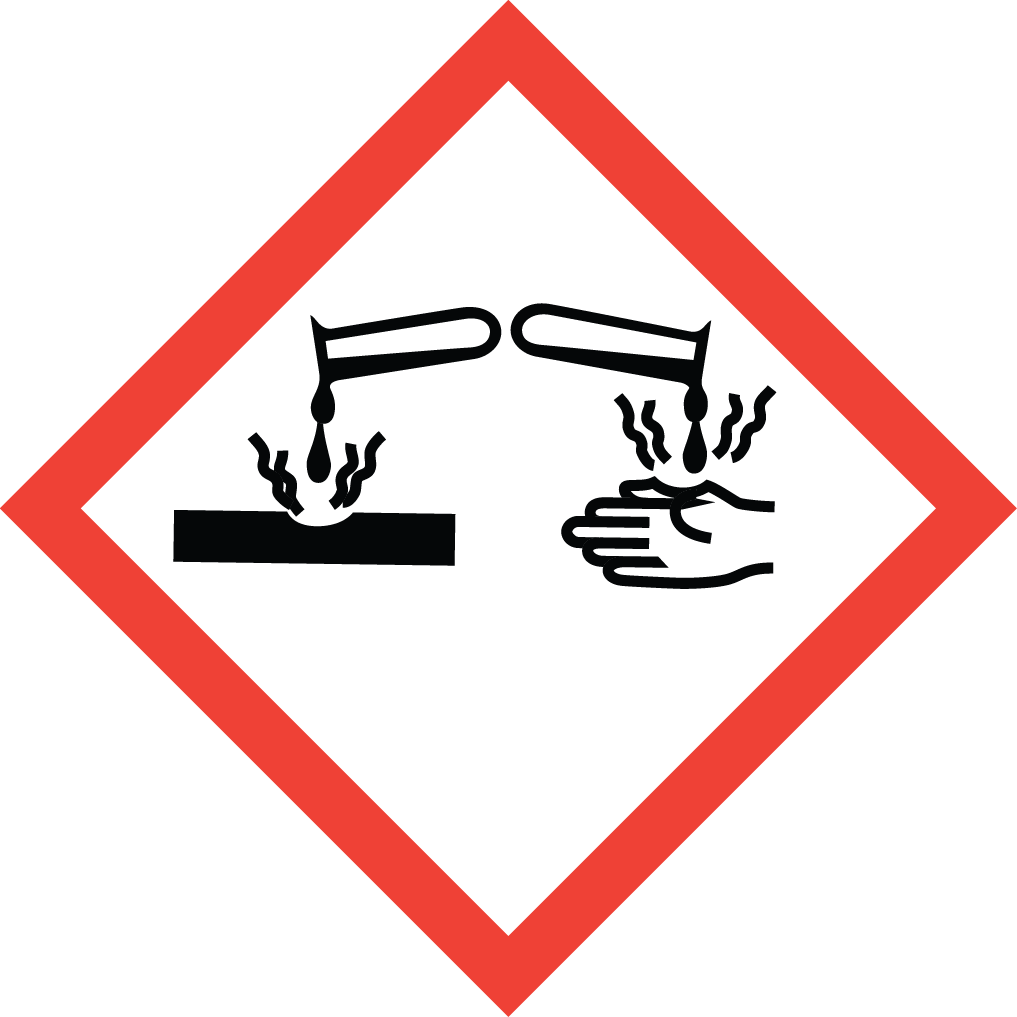 GHS05: Corrosive
GHS05: Corrosive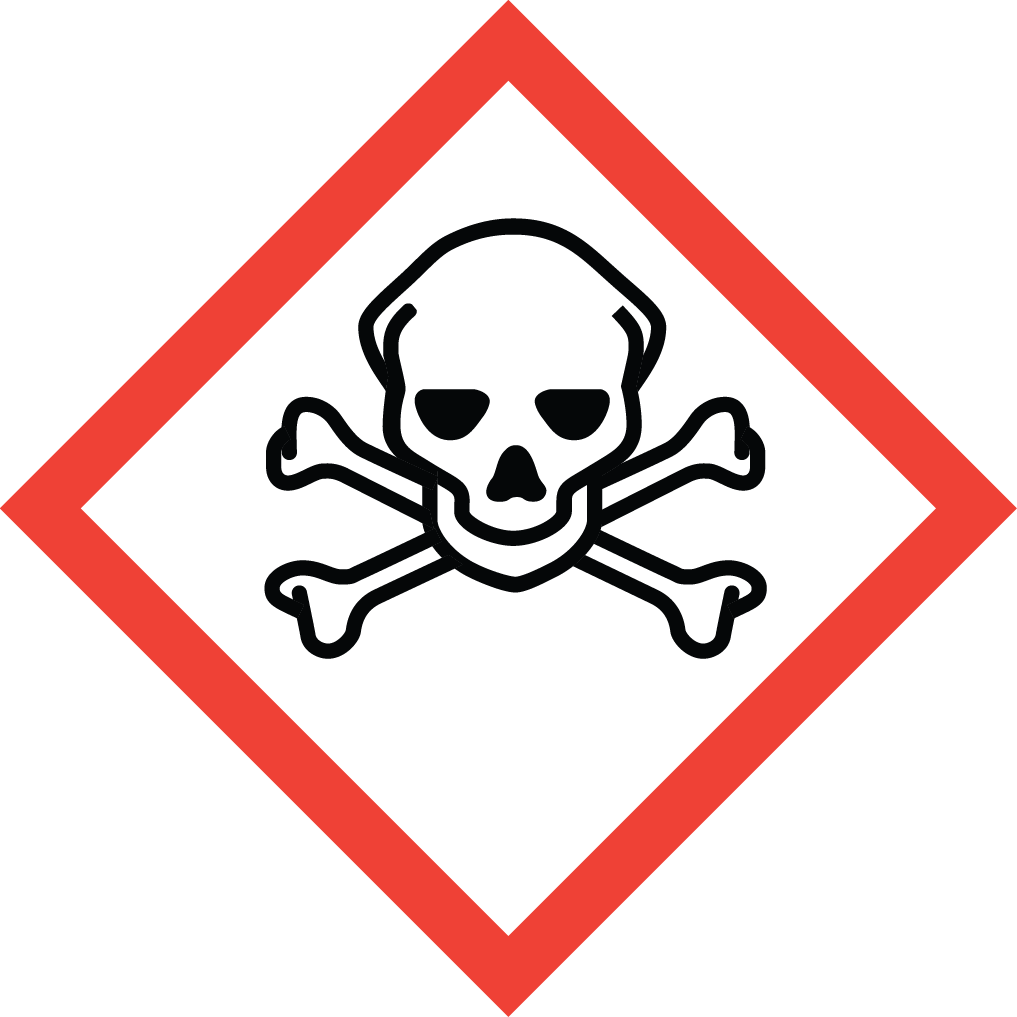 GHS06: Acute toxicity
GHS06: Acute toxicity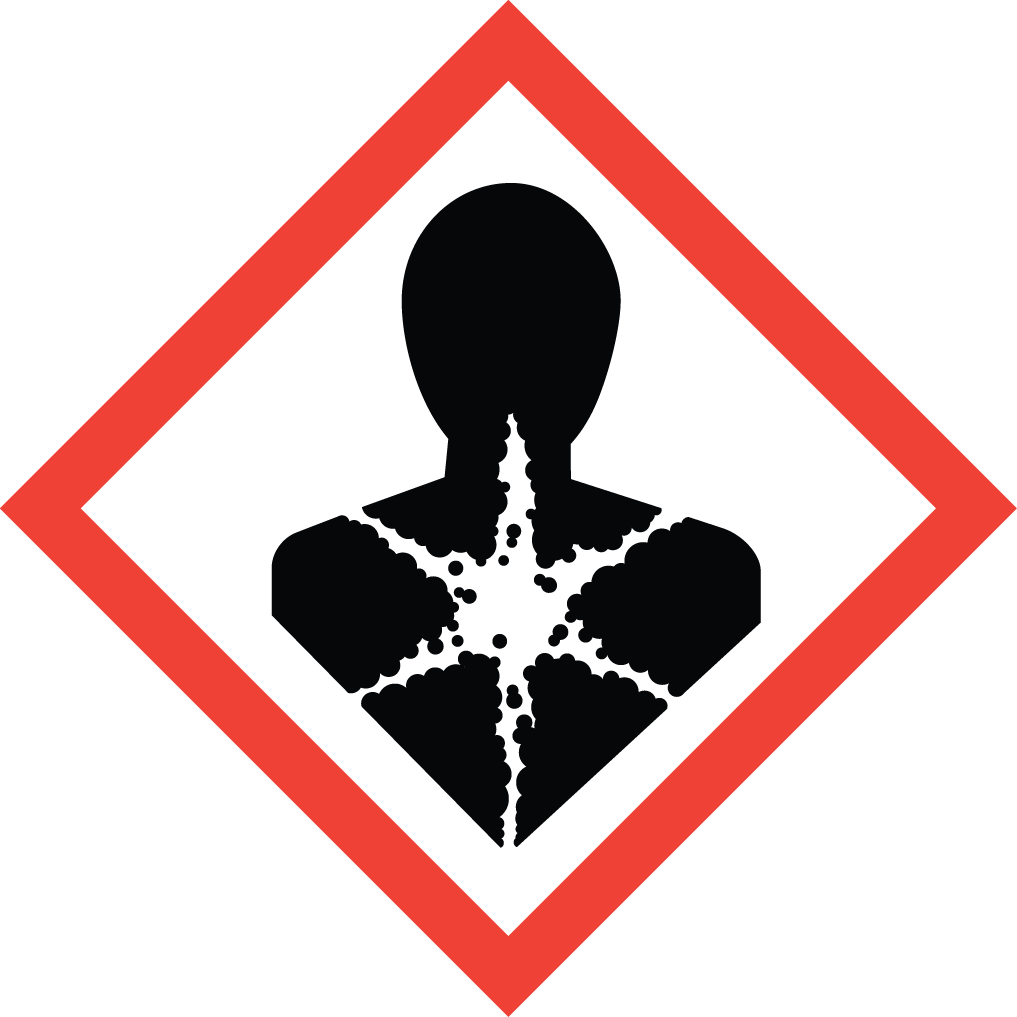 GHS08: Health hazard
GHS08: Health hazard GHS09: Environmental hazard
GHS09: Environmental hazard
